Since its inception, the Internet has played a role in healthcare. But what started out as primarily a source of information has now evolved into a much more interactive experience. Through social media, communities in which members share insights and support and networks built around cancer are changing lives on a daily basis. In this blog post, we will be discussing how social media has changed patient education, support, connection, awareness, and funding.
Let’s begin by talking about patient education. How has social media changed patient education?
With the rise of social media, patients are becoming more active in their healthcare decisions and seeking more personalized care. Through the internet, they educate themselves about diagnoses, treatment options, prognoses, and channels for emotional support. Patients learn from the internet in two ways: purely informational sources and through communities.
What has been the effect of patients educating themselves through informational internet sources?
According to Meg Monday, the director of medical education for OMNI Health Media, which operates the social network CancerConnect.com and publishes Women magazine, there has been a shift from the doctor as an authority figure to one of more patient participation. Patients are asking more questions, and realizing that they dohave a role in decision-making. According to Monday, the former tendency was to be more passive and defer to one’s doctors; now patients are using the Internet to collect information and approach their physicians with questions relevant to their care. The result is a more empowered, educated patient group. Patients can use social media to make sure that they’re getting optimal treatment, to learn about the risks and benefits of treatments that they’re receiving, and just in general becoming their own advocates.
How have patients changed as a result of using internet communities as an information source?
Deanna J. Attai, MD, is a breast surgeon practicing in Southern California and the founder of the online breast cancer community #BCSM. Through her work, she has made a few observations. In fact, with the growth of networks like #BCSM, she has seen a pronounced progress in patient education. She believes that the level of learning that patients are now achieving is more sophisticated. In the early days of the internet, patients would come in with reams of printed information that would confuse or overwhelm patients and frustrate physicians. Now, patients come in with smartphones and tablets instead of stacks of paper, and the information they have gleaned tends to be more directed towards their care. As a result, informed patients are asking questions more relevant to their case.
Now let’s talk a little about how patients receive support. To begin with, what's the importance of support?
While the emotional side of a cancer diagnosis is not always the first-line concern in treatment, it’s still a significant issue for patients. Research shows that social support has real benefits for patients. It can reduce anxiety and stress, emotional distress and depression, fatigue, and even the experience of pain. Its benefits include improvements in mood, self-image, ability to cope with stress, and feelings of control.
So how do online networks fit in here?
Online networks are meeting this need, and patients count social and emotional support among the biggest benefits of social media. According to Meg Monday, “social media gives patients and caregivers the ability to share and not feel so alone.” Social media isn’t necessarily just another source of medical information. For many patients, it’s a place to chat with people, hang out, and just be friends.
In addition, Charles Weaver, MD, a medical oncologist and the chief executive officer of OMNI Health Media, has noticed that social media has a particular impact among people who travel to treatment centers far from home, where they make friends with other patients that they otherwise couldn’t communicate with regularly. Social networks allow you to stay connected once you return home, making these friendships ongoing sources of support.
Let’s move on to connections. How do patients use social media to connect with others?
Having social networks can help survivors with recovery and adjusting to life after treatment. One study found that women with social connections had fewer physical limitations and less of a decline in their ability to perform daily activities.
Social media has expanded patient access to others with similar diagnoses. In addition, the specificity of cancer support communities has increased in recent years. Rather than just searching for other’s with colon cancer, you can search by stage, type of treatment, age, gender, and more. #BCSM’s Jody Schoger believes that this specificity helps patients. She says that in general, cancers tend to come under one umbrella. But when you’re diagnosed, you learn that there are many diseases and variations of diseases within that category. As a result, connecting with another patient with the same “umbrella” diagnosis can have limited benefit. Patients in different stages, hormone statuses, or individual characteristics may have very different experiences and may be able to best support those with similar diagnoses and treatment plans. In short, social media shrinks the world, and allows patients to find specific people and build networks.
How has social media become a platform for raising awareness?
A growing number of online users prefer to read their Facebook and Twitter feeds before watching the news. In fact, many get their news and other information solely from what their friends or news agencies they follow choose to post on social media.
As a result, many cancer awareness organizations have taken to the social sphere to educate and share their knowledge with the public. For example, the Facebook page of Stand Up to Cancer, a charitable program that raises money for cancer research, has more than 1.3 million likes. The posts on the group’s Facebook page enjoy shares in the hundreds.
How does this awareness translate into funding?
In response to the growing reach of the internet, many health-related organizations have turned to social media to raise awareness about their causes. Through social media, organizations can spur their online readers to donate money to research programs striving to find cures for types of cancers.
Many organizations have been highly successful in their social media funding efforts. Cancer Research UK, the world’s largest independent cancer research and awareness charity, raised $13 million in just six days through Facebook and Twitter. The donations will help fund 10 clinical trials. For organizations like Cancer Care UK who don’t receive any government funding, it’s phenomenal that the generosity of the public has allowed them to fund critical research in such a short amount of time.
Before we conclude, what are some of the challenges of social media and its power?
Although social media has many benefits, it’s also susceptible to pitfalls including misreported information, unfounded claims, and patient bias. The wealth of information on the internet forces patients to filter through it and find what’s relevant to their case, or what is even a reliable resource. Dr. Attai says that just as one size does not fit all when it comes to treatment, one study or one reported outcome will not apply to all patients. Overall, there’s a lot of filtering and personalization that needs to happen.
Other potential downsides of social media are the availability of unfounded claims of cures and access to anecdotal information. This leads to patients looking for a magic remedy, especially those who have been given more serious diagnoses. Thus, the internet can confuse the treatment decision-making process.
So what’s the bottom line here?
The key idea for patients to focus on when using the internet is that it is risky to focus solely on another patient’s experience without first evaluating whether that individual’s outcome is relevant to you. To avoid the pitfalls of the internet, patients should make sure information is evidence-based. In addition, they should always discuss information they gather online with their doctor.
How we fit in:
Overall, social media has reshaped the cancer patient sphere by offering patients an unprecedented amount of information, support, and connections. In addition, it has changed patient lives by acting as a platform for raising awareness and funding. At Care+Wear, we hope to participate in this transformation by supporting people with products that enable them to get back to living their lives and are focused on creating a positive community. If you know any patients who are receiving treatment through a PICC line or chest port, please check out our PICC Line Covers or Chest Port Access Tops and help your loved ones get back to living their lives. We're always looking for ways to help!
How has social media shaped your personal experience as a patient? Comment below or email us at wecare@careandwear.com. We hope this blog post was helpful, and we’d love to hear from you about more blog post topics!

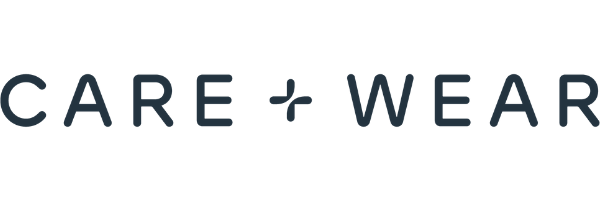

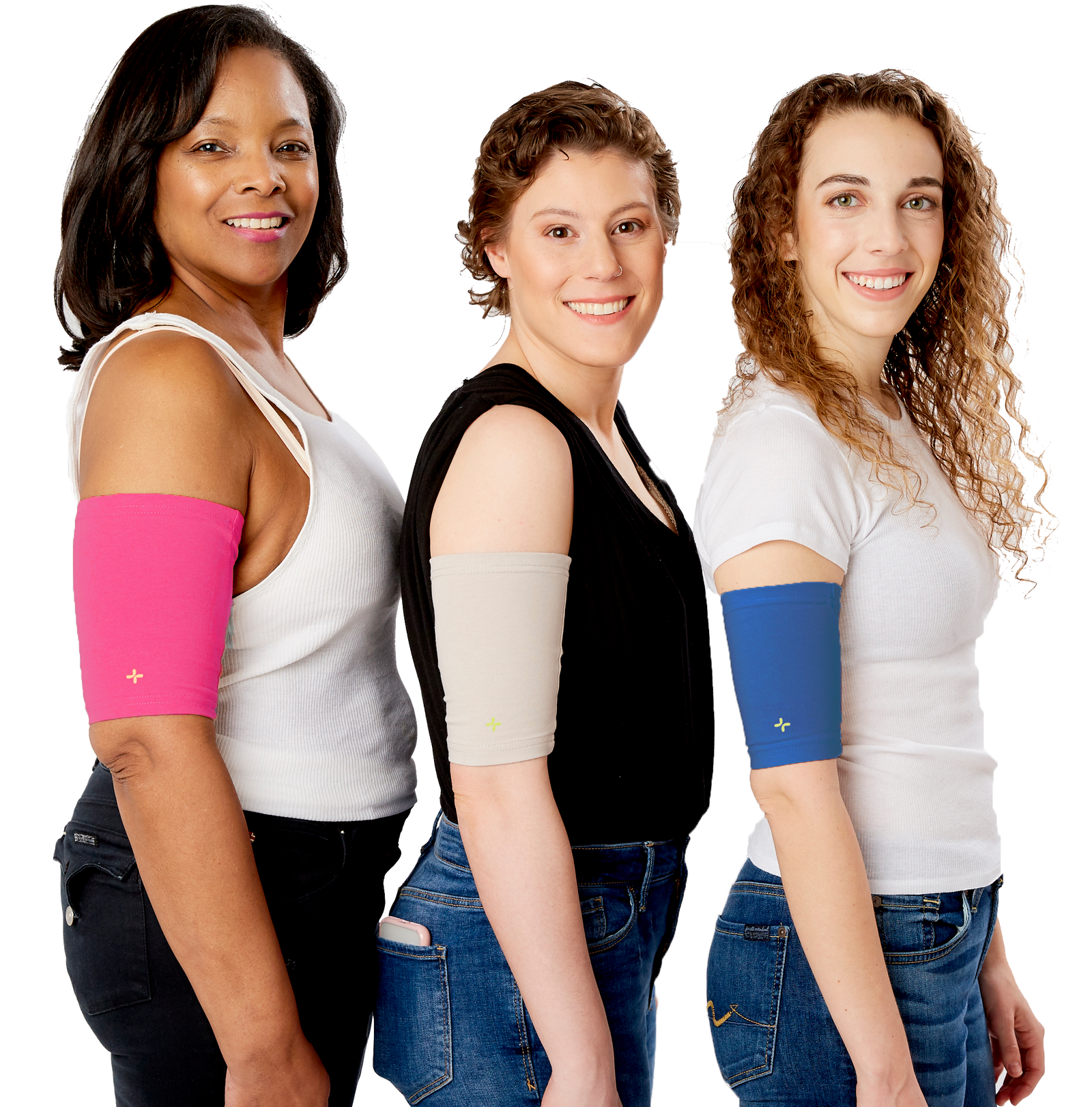


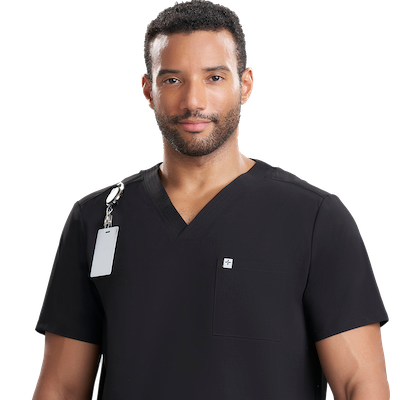
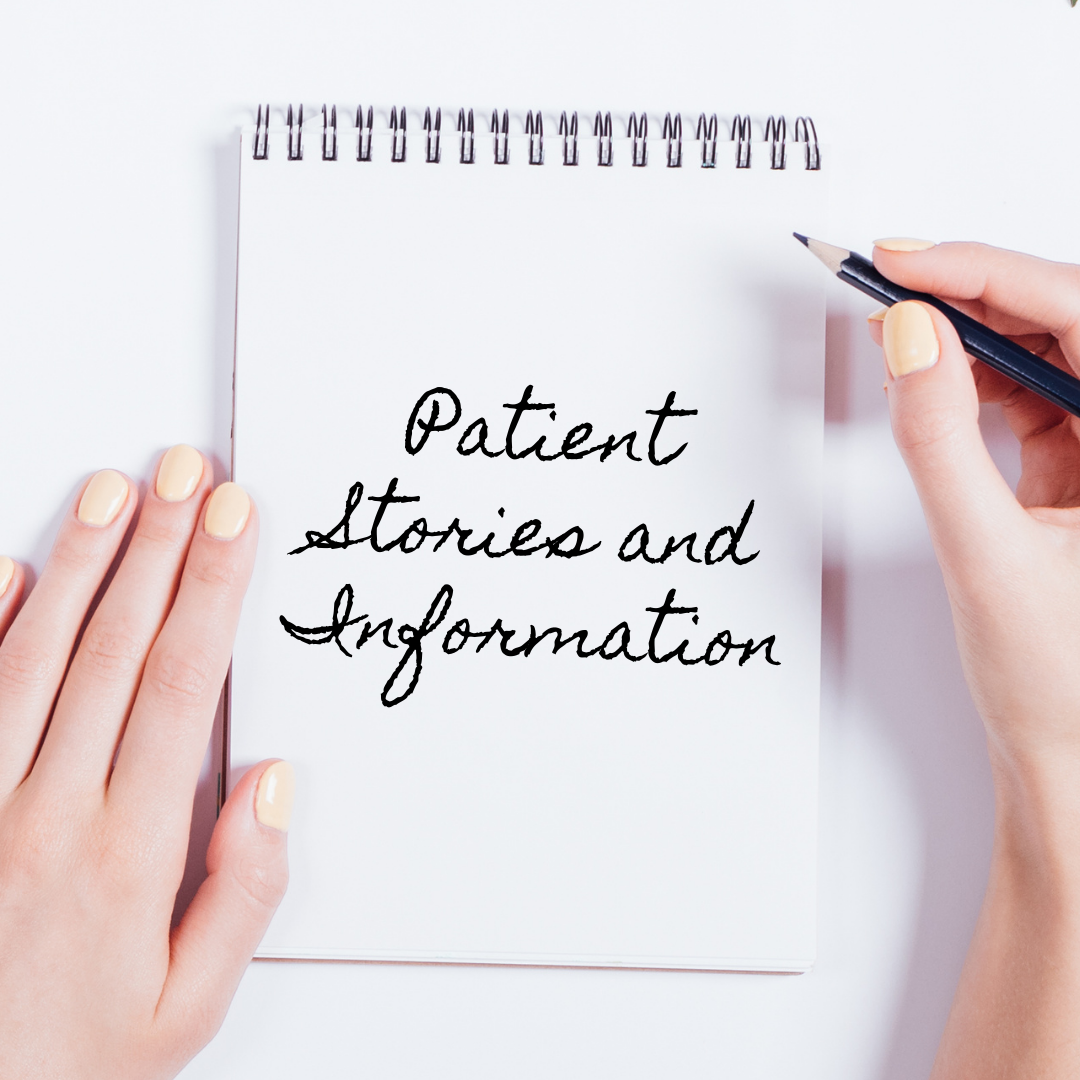
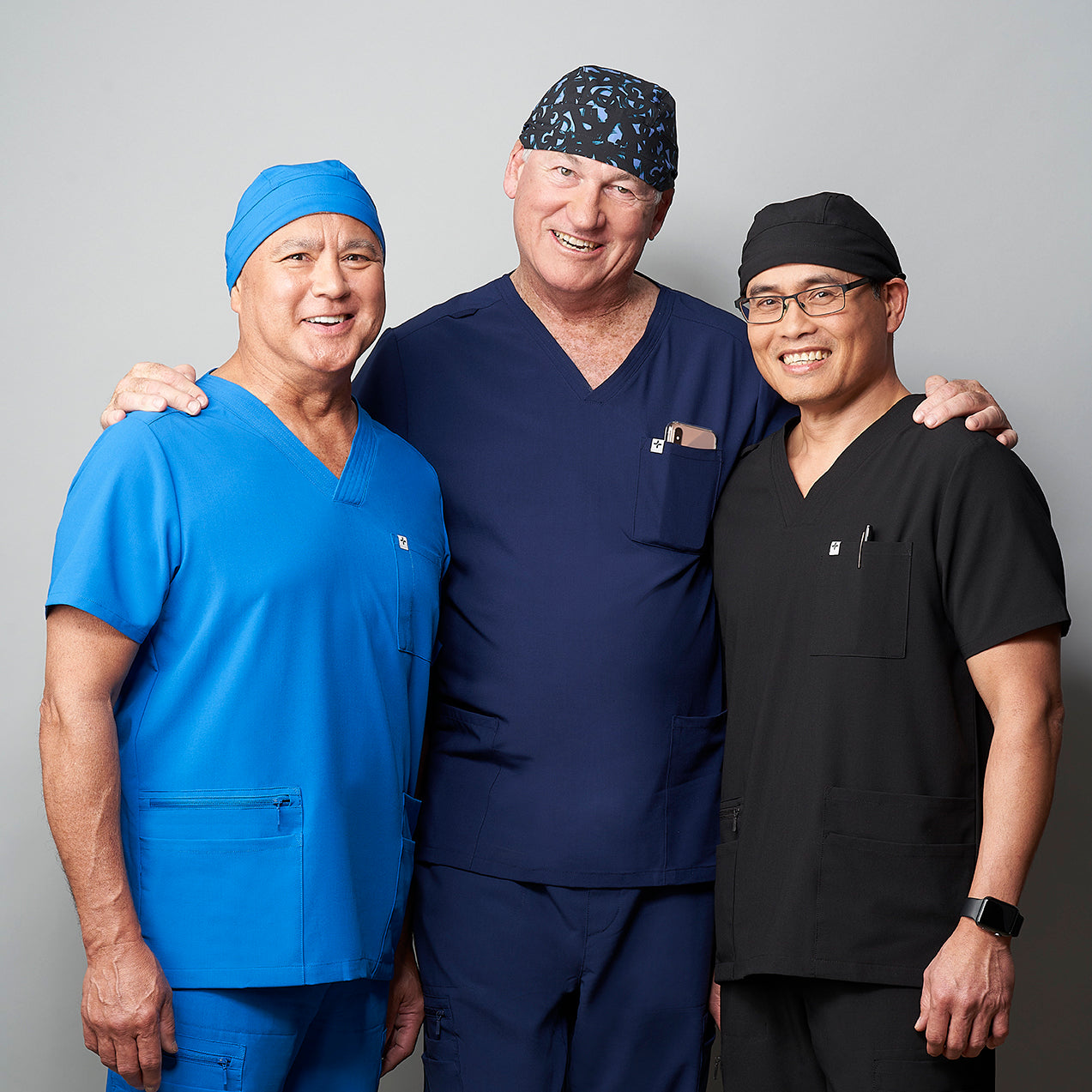
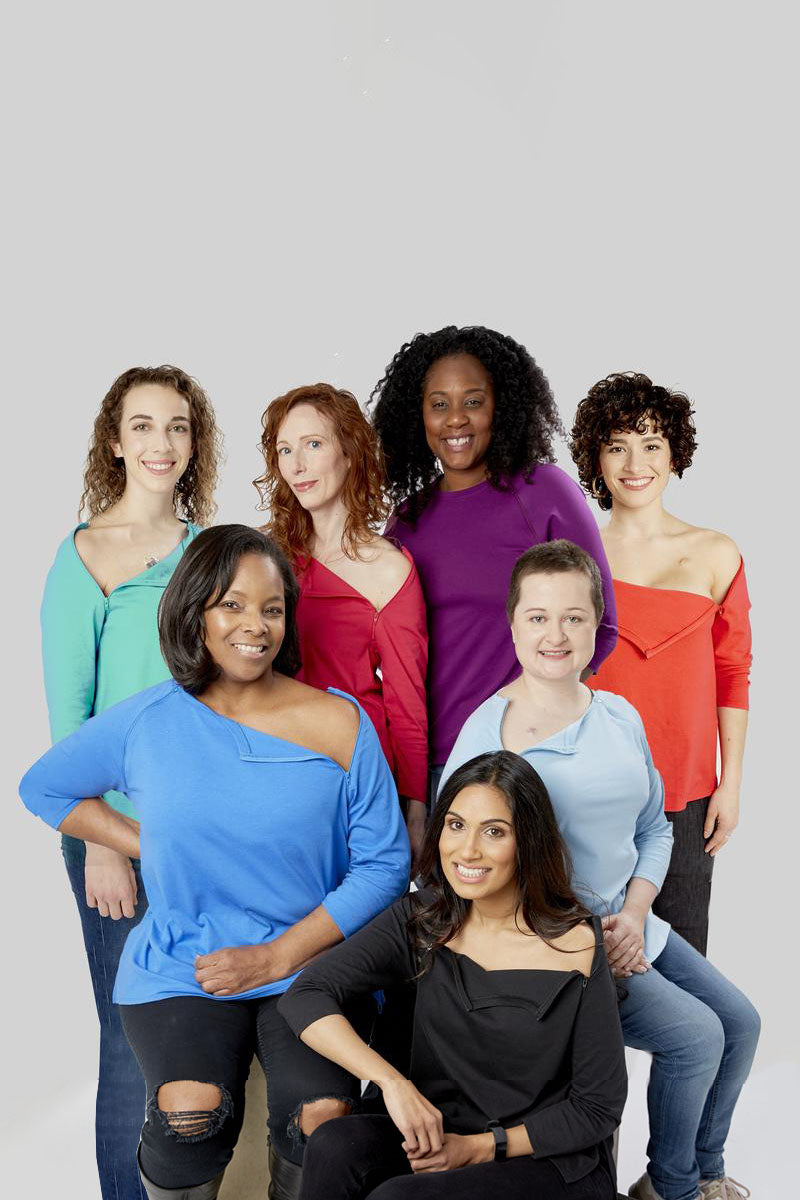
Barbara Forst
January 02, 2017
For me, being a part of the BCO online forums has been a godsend. They help with great information and great emotional support. It’s been 4 years of living with BC and i don’t know how I could have dealt without them!